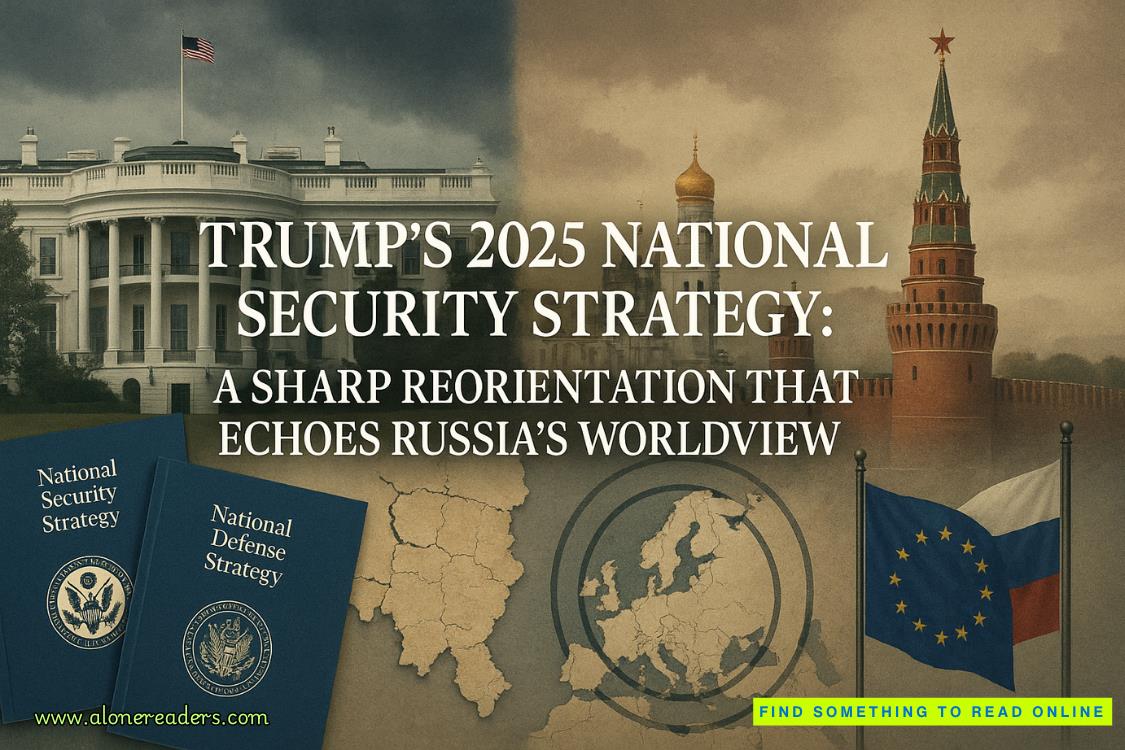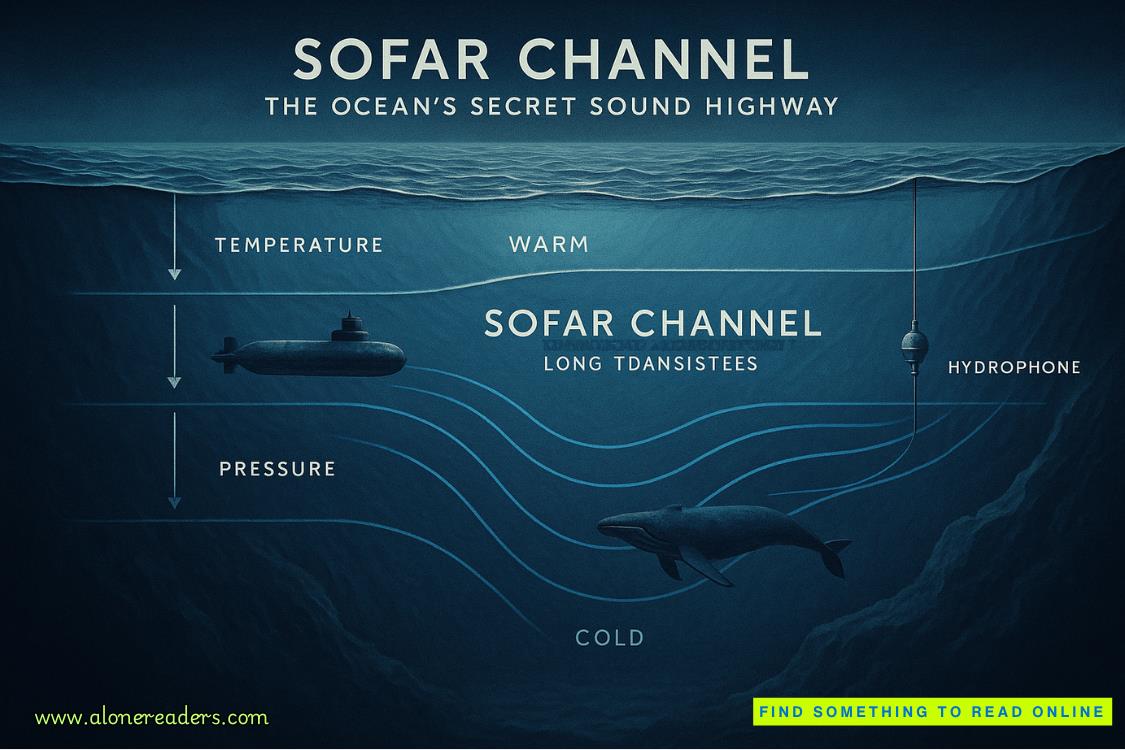“Enough!” she said. “Both of you, stop right there. We’re not going to have another shoot-out between you two. Now, I’m a good listener, Mr. Mason, and I did not hear Mr. Haller accuse you or your client of breaking into the school.”
“He certainly implied it,” Mason said.
“Your Honor,” I said. “All I’m trying to do is ask the court to keep this trial on course. It’s about Tidalwaiv’s actions and motives and not about the victim’s or even the killer’s.”
“We are certainly allowed to probe the mindset of the killer,” Mason said.
“Oh, then maybe your client did have something to do with the break-in,” I said. “Who would break into a guidance counselor’s office only to copy student files?”
“Stop it right there!” the judge ordered. “Both of you. Mr. Haller, how do you know of this break-in?”
“Someone at the school tipped my office manager,” I said. “She’s a graduate of Grant High and has kept contacts there.”
“And were these the only two student files copied?” Ruhlin asked.
“It’s impossible to tell,” I said.
“Then I am hard-pressed to see where it connects to or affects this case,” Ruhlin said. “Have any arrests been made?”
“No, Your Honor,” I said. “Not that I have been informed of.”
“So then, what would you have me do, Mr. Haller?” Ruhlin asked.
“I would have the court be vigilant,” I said. “Vigilant about any effort to impugn the victim in this case or set the killer up as a scapegoat.”
“What do you mean by that?” Ruhlin asked. “How would he become a scapegoat? He is the killer, after all.”
“I think it’s pretty clear that the defense is going to put the shooter on trial and blame him,” I said. “It’s like the old NRA argument: ‘Guns don’t kill people. People do.’ But this is different. A self-learning machine with limited guardrails caused this tragedy.”
Marcus Mason started to speak, but Ruhlin stopped him.
“That’s not necessary, Mr. Mason,” she said. “I take your side in this—for the most part. Mr. Haller, the question of responsibility in this tragedy is a jury question. I will certainly be vigilant in my running of the trial. And I can assure you I will be unsympathetic should it be revealed that either side gathered information through illegal means. Very unsympathetic. Now, this meeting has already gone on too long. I need you gentlemen to leave so I can continue my work.”
We thanked her and exited in the same order as before. I once again brought up the rear, behind Marcus, and whispered to him.
“I know you had someone break into the school,” I said. “By the time we get to trial, I’ll be able to prove it.”
It was a bluff. I knew from Cisco, who had looked into it after Lorna got the tip from her former guidance counselor at Grant, that the case was being half-assed by a mid-level burglary detective assigned to the LAPD’s Van Nuys Division.
“You’re dreaming, Haller,” Mason said. “If I were you, I’d be worried about what the judge said in there at the end.”
“Yeah, what’s that?” I asked.
“She’s going to be unsympathetic to evidence gathered illegally. I think she was talking about you, sending you a message.”
“Sure, Marcus. Now who’s dreaming?”
But he got to me with those last words. They left me silent and pondering questions as we made our way through the courtroom. Did the Masons know I had the contents of the killer’s computer downloaded? Was I being set up? Who had left the drive in my car at the dry cleaner’s?
15
I NEEDED TOgo online with Aaron Colton’s computer to attempt to question Wren and prep for the possibility of introducing—and questioning—the AI companion at trial. That would undoubtedly be a dogfight with the Masons in front of Judge Ruhlin. But I needed to know ahead of time if it was worth the battle. The problem was that the moment I made a live connection to Wren, Tidalwaiv would know Colton’s account had gone active and would be able to trace the connection to a location. This of course would reveal that it was my team that had access to Aaron’s account, and that access would quickly be terminated. I had kicked it around with the team for several days, discussing several different scenarios before finally settling on a bold but risky plan.
We knew that Aaron Colton was being held at the juvenile detention center in Sylmar, at the northern edge of the Valley. The case against him was being investigated by the LAPD’s Van Nuys Division homicide squad. It was therefore likely that evidence in the case,including Colton’s laptop, was stored there. From this assumption, our plan took form.
The lead investigator on the case was Detective Douglas Clarke. I had never had any interaction with him during my days in the criminal defense bar and had not yet reached out to him about the Colton case. He had dutifully provided basic investigative reports through subpoenas issued by Judge Ruhlin. From these, I knew I could draw from Clarke what I needed the jury to hear, and so the plan had been not to bother with a deposition and subpoena him only as a witness for trial.
But now the new plan was to meet with Clarke. The trick was to get to him without having to include the Mason brothers in the meeting. If I got the judge to subpoena him for a deposition, the rules of discovery dictated that the opposition team was allowed to join the session to ask their own questions. I didn’t want the Masons anywhere near this meeting. The only exception to the rule was if I requested an informal interview as a prelude to a subpoenaed-and-sworn depo. The problem with going for an informal was that the witness was not bound by a subpoena and could invoke the go-pound-sand rule, meaning that he was under no obligation to meet me and could simply say no.















